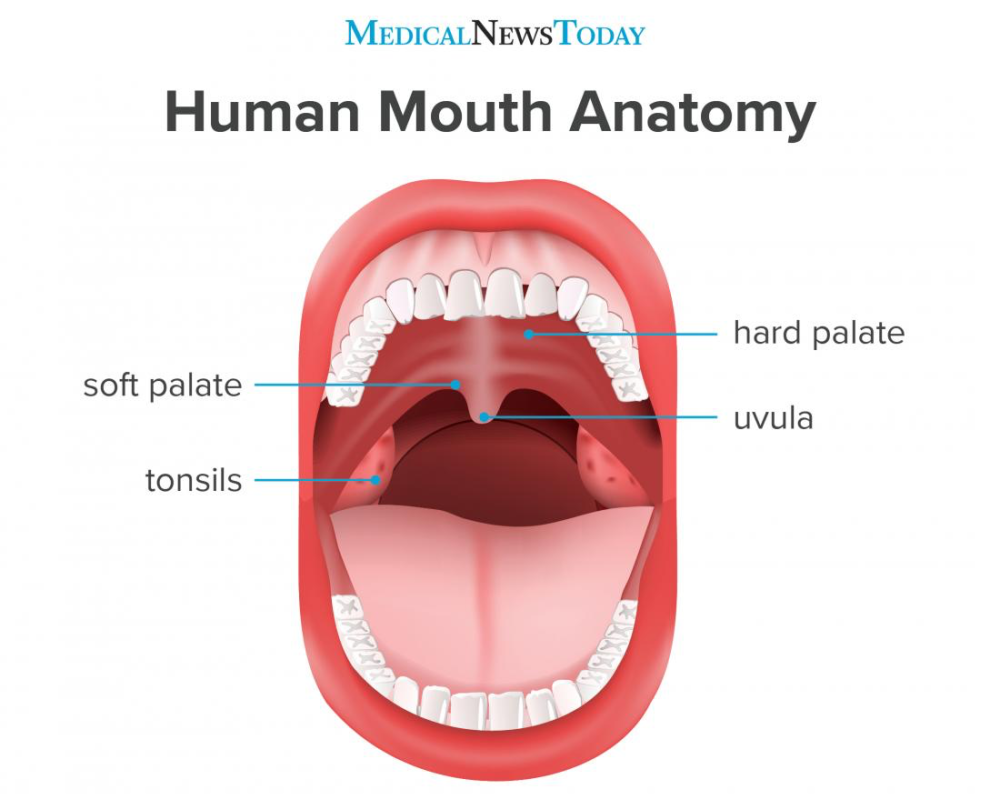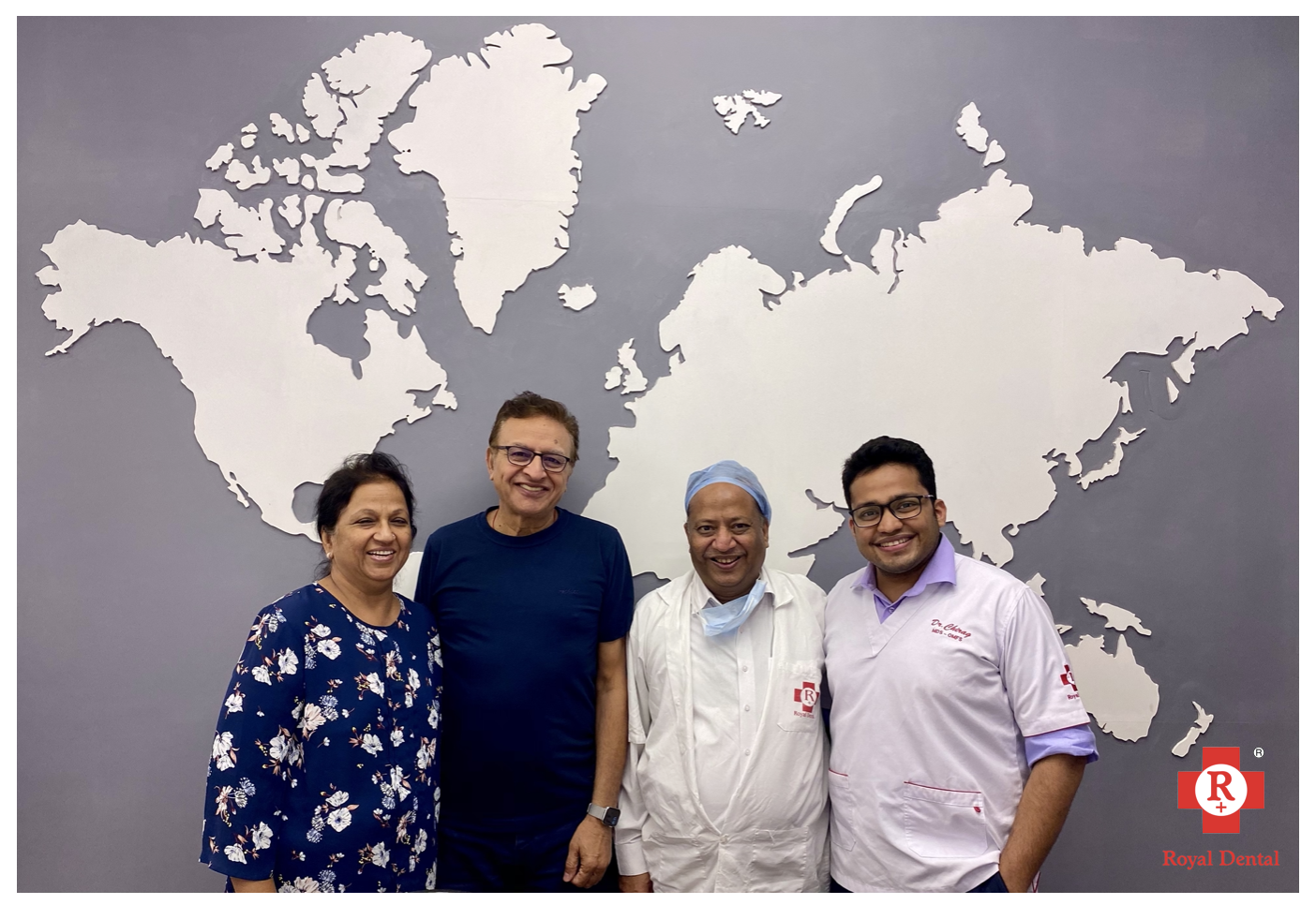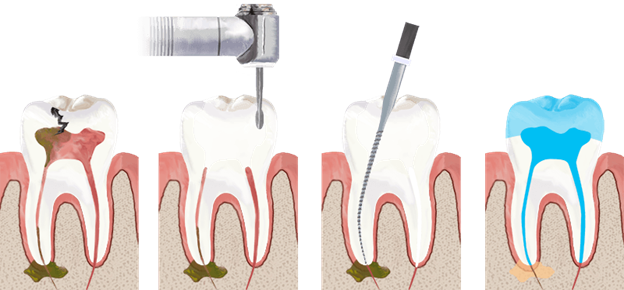The oral cavity, also known as the mouth, is the first area of the digestive tract. Teeth for example chew your food. It is a small space with many important functions. The oral cavity is home to many structures that assist with eating, drinking and speaking. It serves as an access point for the rest of the digestive system, allowing food and liquids to pass from the outside world into our bodies. The mouth anatomy is part of the external anatomy of the head and neck, which makes it visible on most people when looking at their face from above. It’s located inside the mouth, between your nose and jawline. Knowing more about this particular area of your body can help you take better care of it.
What happens inside your mouth?
When food enters the oral cavity, it is first broken into smaller pieces by the teeth. This process is called chewing. Chewing helps to mix food with saliva, which contains enzymes that break down starches and fats. It also helps food move through the digestive system. Saliva also has antibacterial properties that protect the oral cavity from infection.
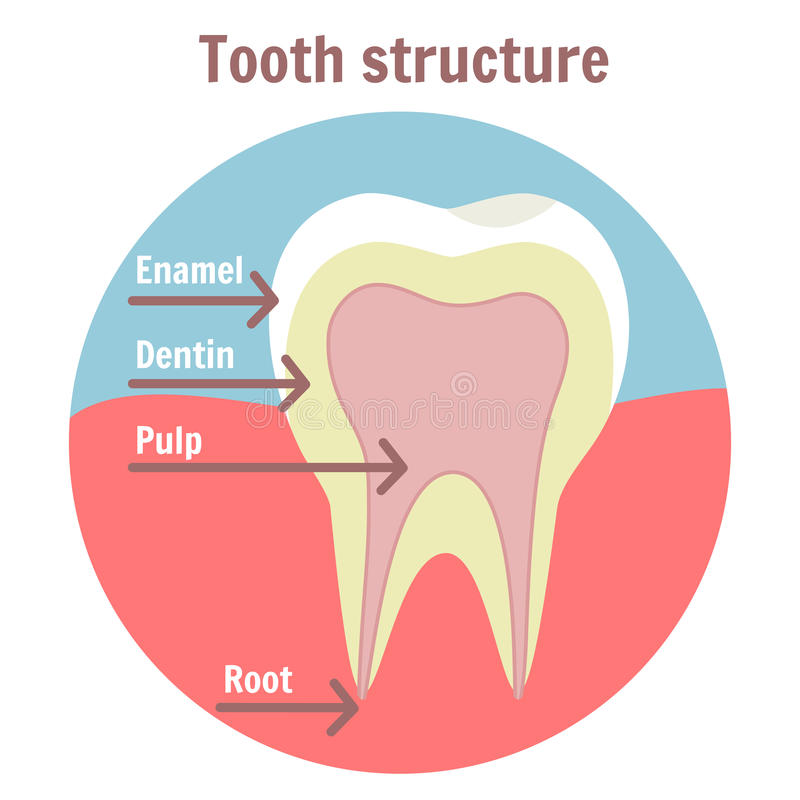
After chewing, the food travels down the oropharynx, the part of the oral cavity that connects to the gastro-intestinal tract (the stomach and intestines). Food travels further down the GI tract when swallowed. If food has to be pushed through the upper part of the GI tract, by coughing or vomiting, the reflex system in the oral cavity is interrupted. Eating food is a process that is heavily dependent on the oral cavity. This is why it’s important to take care of your teeth and mouth anatomy.
Teeth in the oral cavity
Teeth are found in the oral cavity, in both the upper and lower jaw. They help to break down food, which is then easier to swallow.
Tooth enamel: The enamel is the hard outer layer of the teeth, which protects the underlying tissue. Tooth dentin: The dentin is the softer layer underneath the enamel and fills the entire tooth.
Pulp: The pulp is the soft tissue found in the centre of the teeth, where blood vessels and nerves are located. The pulp is responsible for the tooth’s sensitivity to heat and cold.
Tooth roots: The roots are the anchor points of the teeth in your gums. This tissue also holds your teeth in place.
Gums: The gums are the soft tissue that covers the roots of the teeth and the periodontium.
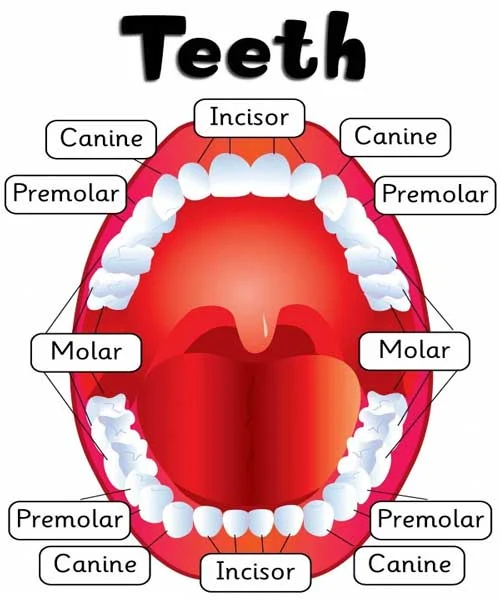
Functions of the tongue in Oral Cavity
The tongue is a muscle that is responsible for tasting food. It is covered in taste buds, which help to detect spices, sweet and sour flavours. The tongue is also used for chewing and swallowing food and maintaining proper dental hygiene through brushing and flossing.
The tongue is vital for chewing and swallowing food, as well as for speech. The four common tastes are sweet, sour, bitter, and salty.

Functions of the tongue:
- Tasting (gustatory sensation)
- Chewing (aiding in mastication)
- Speech formation.
- Sound formation.
Importance of saliva
The salivary glands produce saliva, to moisten food and maintain the oral cavity’s pH level. This is important because the oral cavity is naturally a bit acidic, and food that we eat needs to be neutral or alkaline. If it isn’t, it can cause damage to the teeth, salivary glands and general health. Saliva also contains antibodies that fight bacteria and maintain oral health.
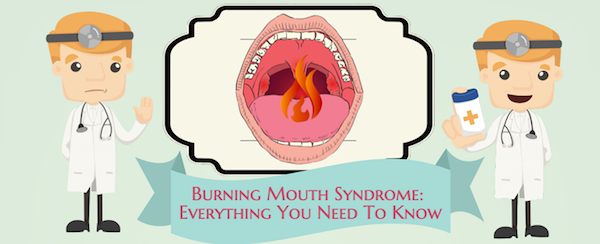
This can be noticed when you taste something extremely sour. The taste buds are temporarily shut down and you can’t taste the food properly. Saliva is produced in the oral cavity, and it’s important to keep it healthy. Saliva is made up of electrolytes, proteins, enzymes and minerals. This can change depending on the person and the circumstances.
Mucous membrane in the oral cavity
The oral cavity is lined with a mucous membrane, which is a protective layer that’s naturally acidic. It helps to prevent bacteria from growing and staying in the oral cavity, which can cause infection. It also helps to protect the underlying tissue. The oral cavity has many thin folds of the mucous membrane, which makes it expandable as you eat. This is important because it helps to make room for food. If the mucous membrane is thick, it’s harder to eat and swallow. This can lead to discomfort and pain in the jaw and the teeth.
Summing up
The oral cavity is the first part of the digestive system, and it’s important to take care of it. The oral cavity represents the first part of the digestive tube. The mouth not only plays a vital role in the initial intake and digestion of food and water but also is essential for the formation of speech and normal respiration. The teeth, which are the chief structures of the oral cavity, tear and grind ingested food into pieces small enough for digestion.
Suggested Article –
Pros and Cons of Full Mouth Dental Implants
Follow Us For More Updates
